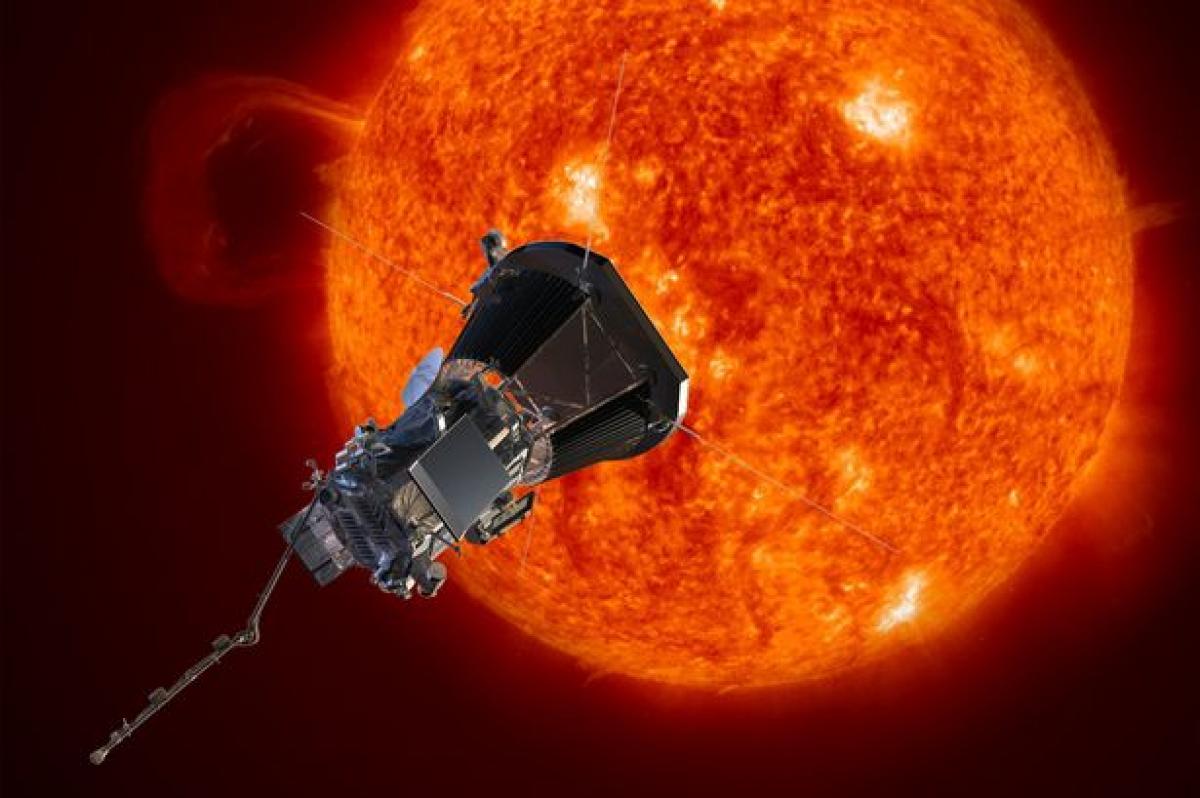Live
- Have plans A, B, C and D in hand as there’s no certainty in the player auction, says RCB's Bobat
- ISRO to launch communication satellite aboard Elon Musk’s SpaceX rocket
- Congress opens shop of lies & loot during elections: Rajasthan CM
- Indian startups raise over $182 million in funding this week
- Use of VPNs 'un-Islamic', declares Pakistan's Council of Islamic Ideology
- AP Dy CM, assembly speaker condoles death of former MLA Nara Rammurthy Naidu
- Senegal wraps up campaigning for legislative elections ahead of vote on Nov 17
- Free Study Materials Distributed to Needy MBBS Freshers by Seniors
- Boeing lays off over 400 members of professional aerospace union
- An egg a day may boost memory, brain functions in women: Study









